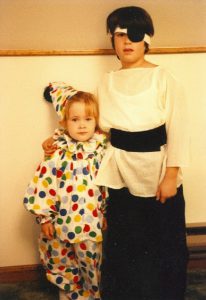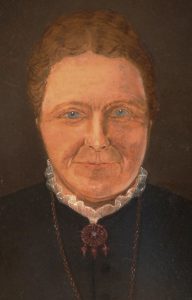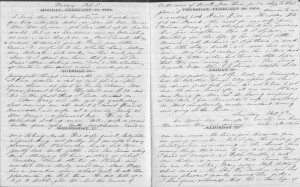
For family historians whose ancestors may have been associated with the visual arts, the Smithsonian’s Archives of American Art is a preeminent repository of primary sources (www.aaa.si.edu). Founded more than sixty years ago, the collection – whose vast holdings include diaries, letters, scrapbooks, financial records, oral histories, and exhibition catalogues – is a must-visit for researchers. And so it was for me, back in 1988, when a research project first took me to the Archives, then with an office on Beacon Hill in Boston. There, I settled in to pore over the microfilmed scrapbooks of the Provincetown artist fraternity called the Beachcombers where my grandfather, John Whorf, had been a long-time member. Continue reading Forever Provincetown









